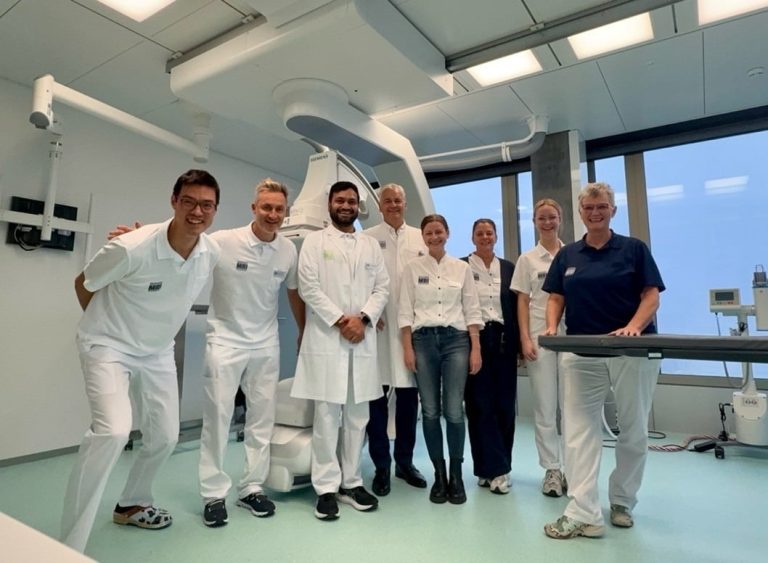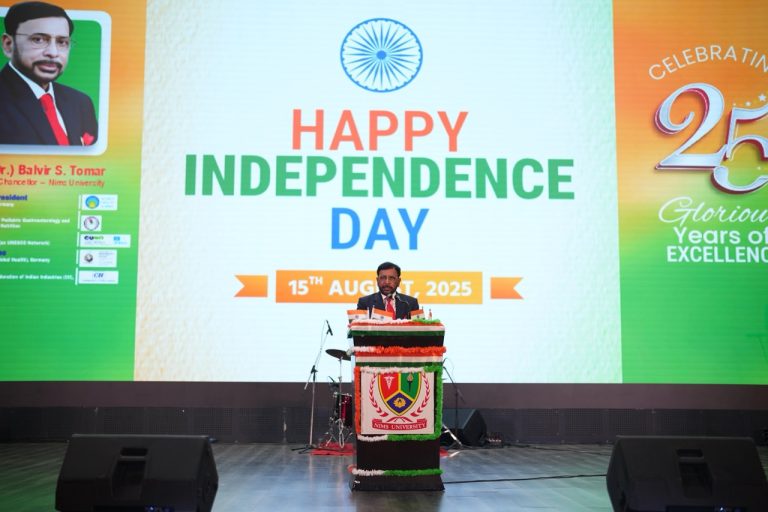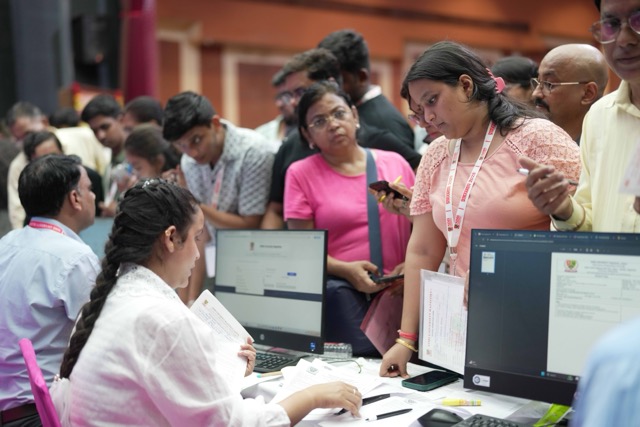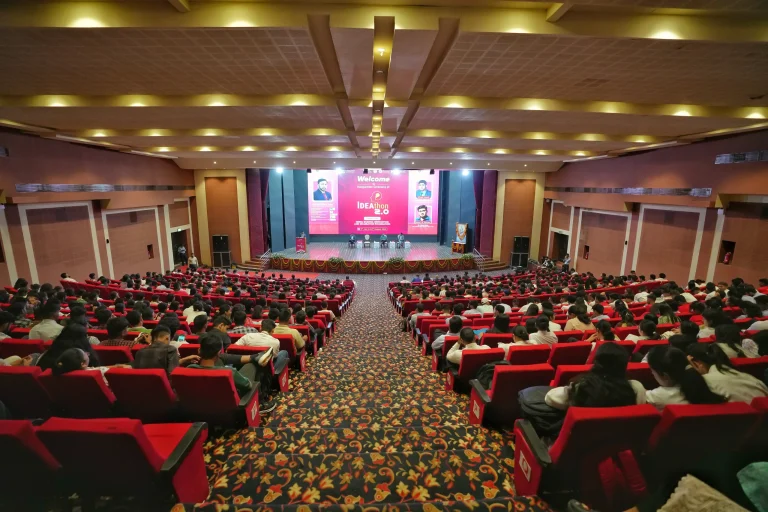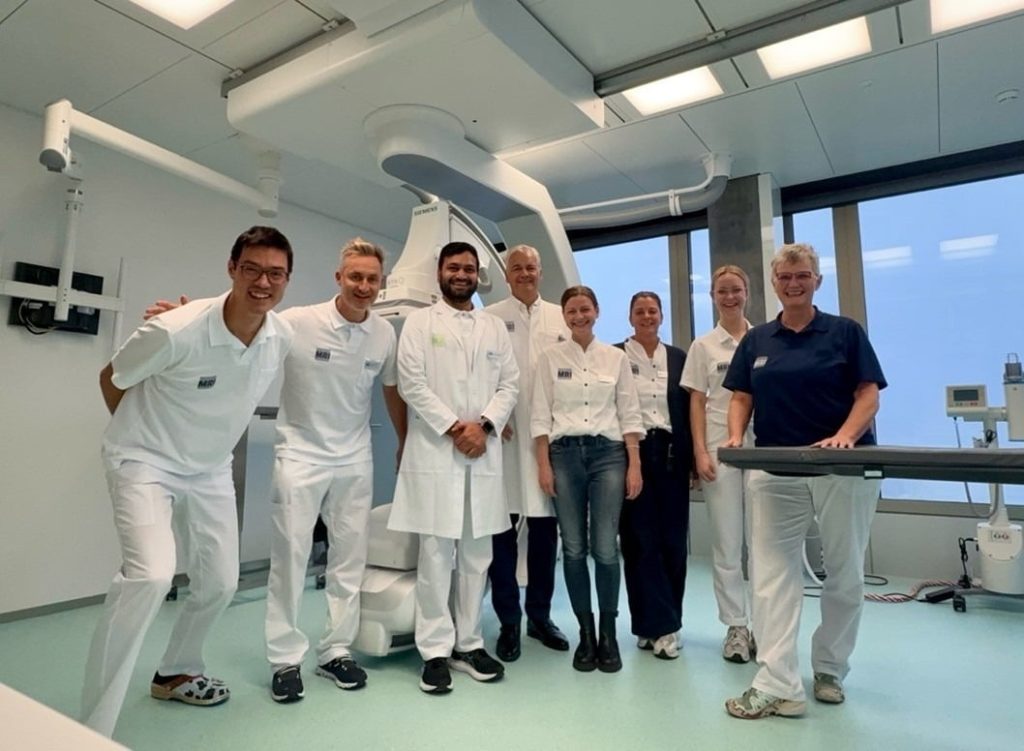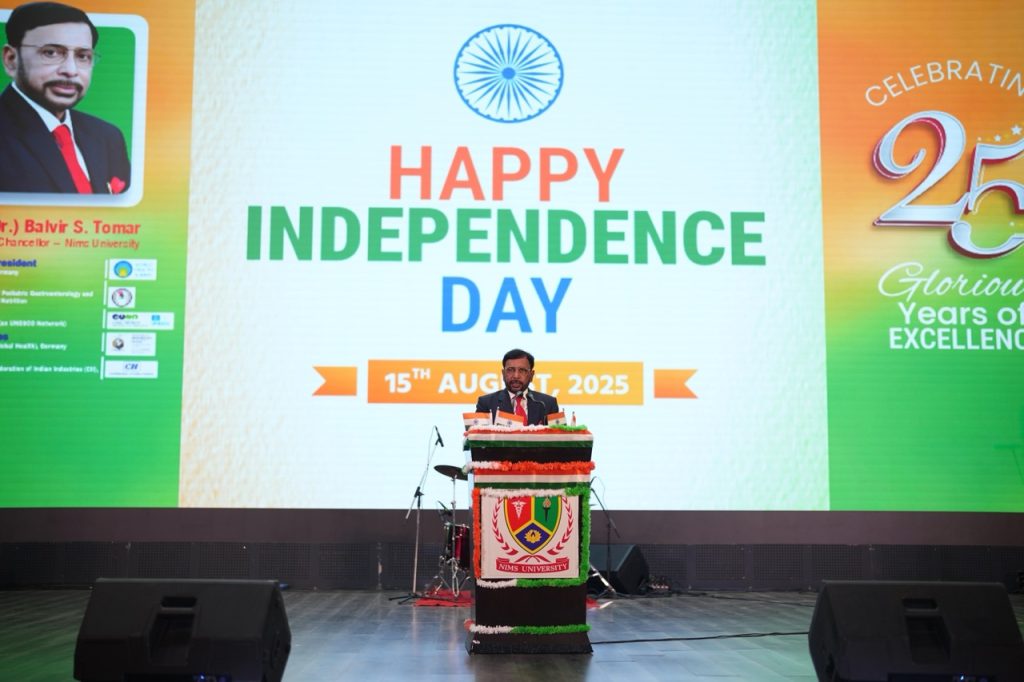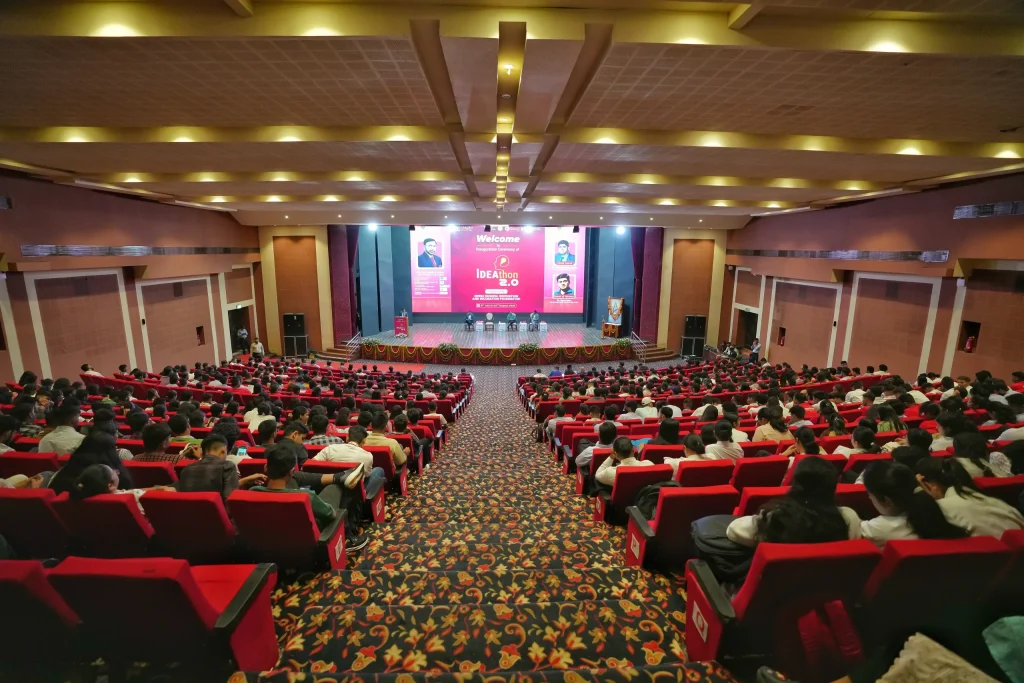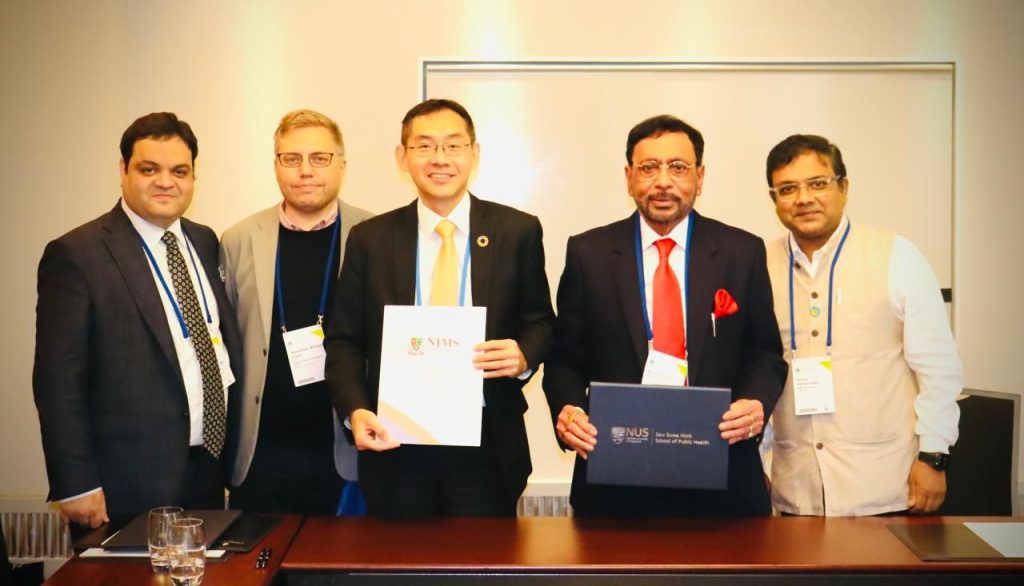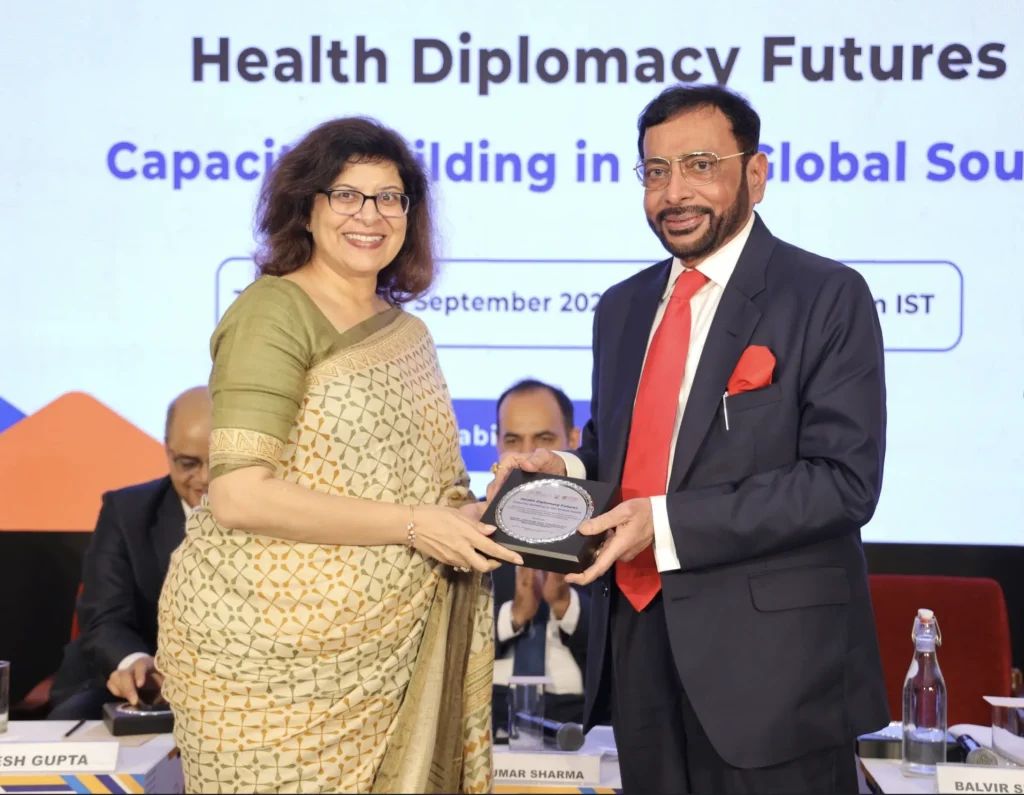On November 30, 2023, the Spectacle Fitter Technician Training Program by NIMS College of Paramedical Technology included a specialized session on understanding the materials used in spectacle frames. This component was vital for equipping participants with the knowledge to make informed decisions when selecting and maintaining spectacle frames. Aligned with Sustainable Development Goal No. 1 – No Poverty, this initiative emphasized technical proficiency, economic empowerment, and improved vision care in underserved communities.
Background and Objectives
Spectacle frames come in various materials, each offering unique benefits and challenges. Knowledge of these materials is crucial for spectacle fitters to recommend appropriate options for diverse needs, ensuring comfort, durability, and affordability for customers. The session aimed to:
- Enhance Technical Knowledge: Educate participants on the properties and uses of different frame materials.
- Improve Client Satisfaction: Enable participants to recommend the most suitable frames based on clients’ requirements and lifestyles.
- Support Economic Empowerment: Equip participants with skills to provide value-added services, increasing their employability and entrepreneurial potential.
- Promote Sustainable Practices: Encourage the use of eco-friendly materials and practices in spectacle fitting.
Key Components of the Training
The session combined theoretical instruction with practical demonstrations to ensure comprehensive understanding. Key elements included:
- Overview of Frame Materials:
- Participants were introduced to the most common materials used in spectacle frames, including:
- Metal: Lightweight and durable, with subcategories such as titanium and stainless steel.
- Plastic: Affordable and versatile, including acetate and polycarbonate options.
- Natural Materials: Wood and bamboo frames, valued for their eco-friendliness.
- Combination Frames: Frames combining materials like metal and plastic for added flexibility and style.
- Participants were introduced to the most common materials used in spectacle frames, including:
- Properties and Benefits:
- Trainers detailed the unique properties of each material, including weight, flexibility, durability, and resistance to wear and tear.
- Discussions included scenarios where specific materials are best suited, such as lightweight metals for comfort or polycarbonate for durability in children’s eyewear.
- Maintenance and Care:
- Practical guidance was provided on maintaining frames made from different materials, such as polishing metal frames or preventing warping in acetate frames.
- Techniques for repairing minor damage were also demonstrated.
- Material Selection for Specific Needs:
- Participants learned how to match frame materials with client preferences, such as hypoallergenic options for sensitive skin or robust materials for active lifestyles.
- Sustainable Practices:
- The session highlighted eco-friendly options like bamboo frames and biodegradable plastics, encouraging participants to adopt and promote sustainable choices in their work.
Challenges and Solutions
- Limited Familiarity with Materials:
- Many participants had little prior exposure to different frame materials. Trainers used simple analogies and real-life examples to bridge knowledge gaps.
- Resource Constraints:
- Access to various frame samples was limited in some cases. Trainers utilized detailed visual aids and interactive discussions to compensate.
- Skepticism About Sustainability:
- Participants were initially unsure about the demand for eco-friendly frames. Trainers emphasized the growing market for sustainable products and their long-term benefits.
Outcomes and Achievements
The session delivered significant benefits to participants, enhancing their technical capabilities and market readiness:
- Enhanced Expertise:
- Participants gained detailed knowledge of frame materials, enabling them to make informed recommendations to clients.
- Improved Client Satisfaction:
- By understanding material properties, participants were better equipped to address client needs, ensuring greater satisfaction.
- Economic Opportunities:
- The skills acquired increased participants’ employability in optical stores and clinics while opening avenues for entrepreneurship.
- Sustainability Advocacy:
- Participants developed an awareness of sustainable practices, contributing to environmentally friendly business models.
Testimonials
Participants shared their experiences, reflecting the program’s impact:
- “Learning about different frame materials was eye-opening. I now feel confident recommending the best options for different clients.” – Pooja, Participant.
- “The training on maintenance and repair techniques has given me an edge in providing quality service.” – Akash, Participant.
- “The emphasis on eco-friendly materials inspired me to explore sustainable options for my future business.” – Ramesh, Participant.
Future Plans
To build on the success of this session, NIMS College of Paramedical Technology plans to:
- Introduce advanced training modules covering high-tech materials and innovative frame designs.
- Partner with optical manufacturers to provide participants with hands-on experience in frame production.
- Expand the program to include training on the latest trends in eyewear fashion and technology.
Conclusion
The focus on developing knowledge about spectacle frame materials demonstrates the importance of technical expertise in improving optical care and creating employment opportunities. By equipping participants with specialized knowledge, the program has empowered them to provide high-quality service and foster sustainable practices. This initiative reflects NIMS University’s commitment to skill development and poverty alleviation, showcasing the transformative impact of education and training.






